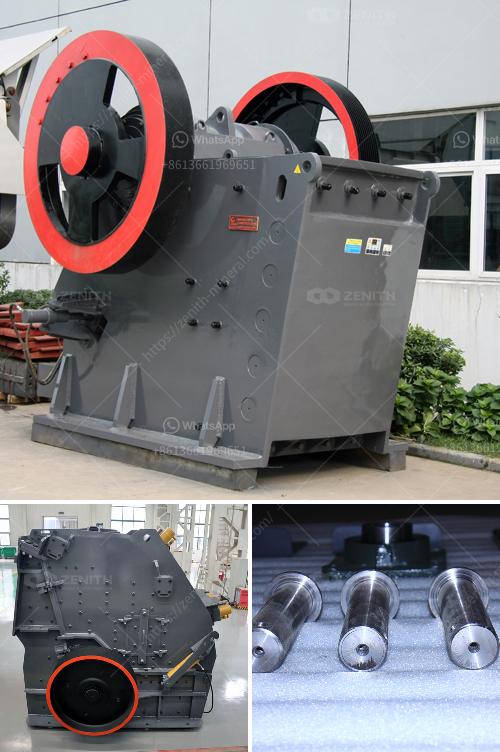A ball mill starts slowly for a few important reasons:
Operational Safety: Gradual start-up reduces the risk of sudden mechanical failures or shocks that could damage the mill, its drive system, or the milling media. A slow start also helps to prevent the mill from vibrating excessively.
Load Management: Ball mills often operate with a significant load of heavy grinding media and material to be ground. Starting slowly helps to ensure that the load is evenly distributed and that the motor can handle the torque required to get the mill moving.
Power Draw: The power required to start a ball mill is significantly higher than the power required to keep it running. A slow start allows the motor to gradually ramp up to the required speed while not drawing excessive current, which could lead to electrical issues or tripping of circuit breakers.
Wear and Tear Reduction: Starting slowly reduces the wear on the mechanical components, such as the gears and bearings, extending the life of the mill.
Process Control: In some milling applications, a controlled and gradual start is necessary to avoid disrupting the grinding process. This can be particularly important in sensitive applications where maintaining specific grinding conditions is crucial.
These factors collectively ensure that the ball mill operates efficiently and has a prolonged service life.
